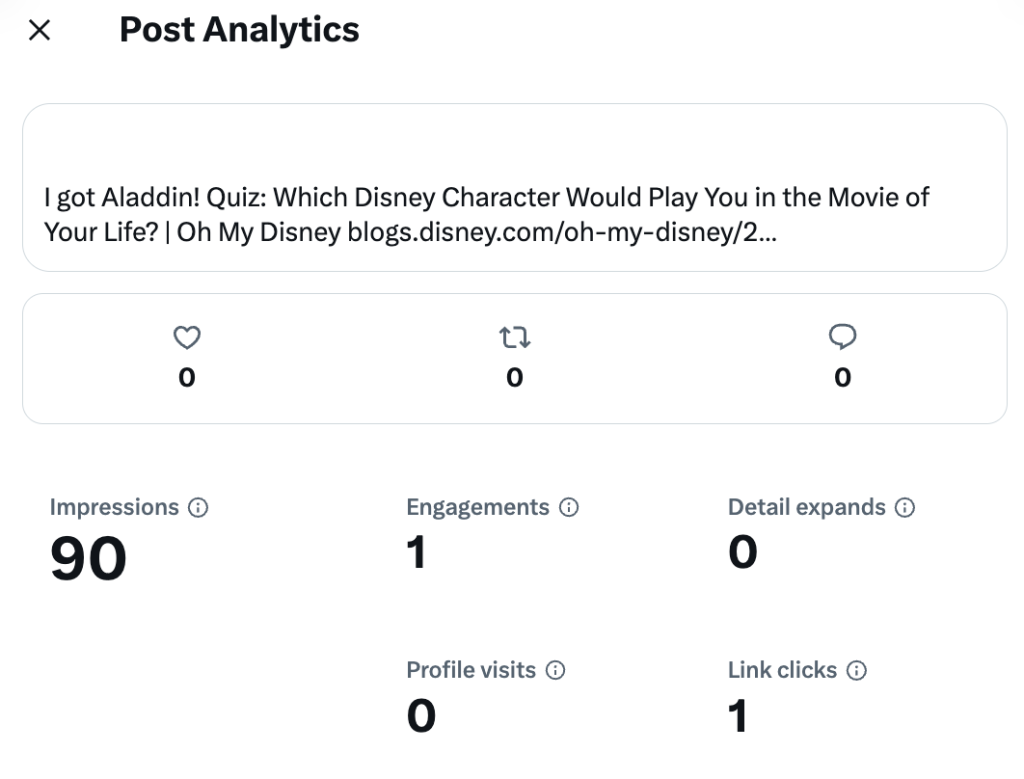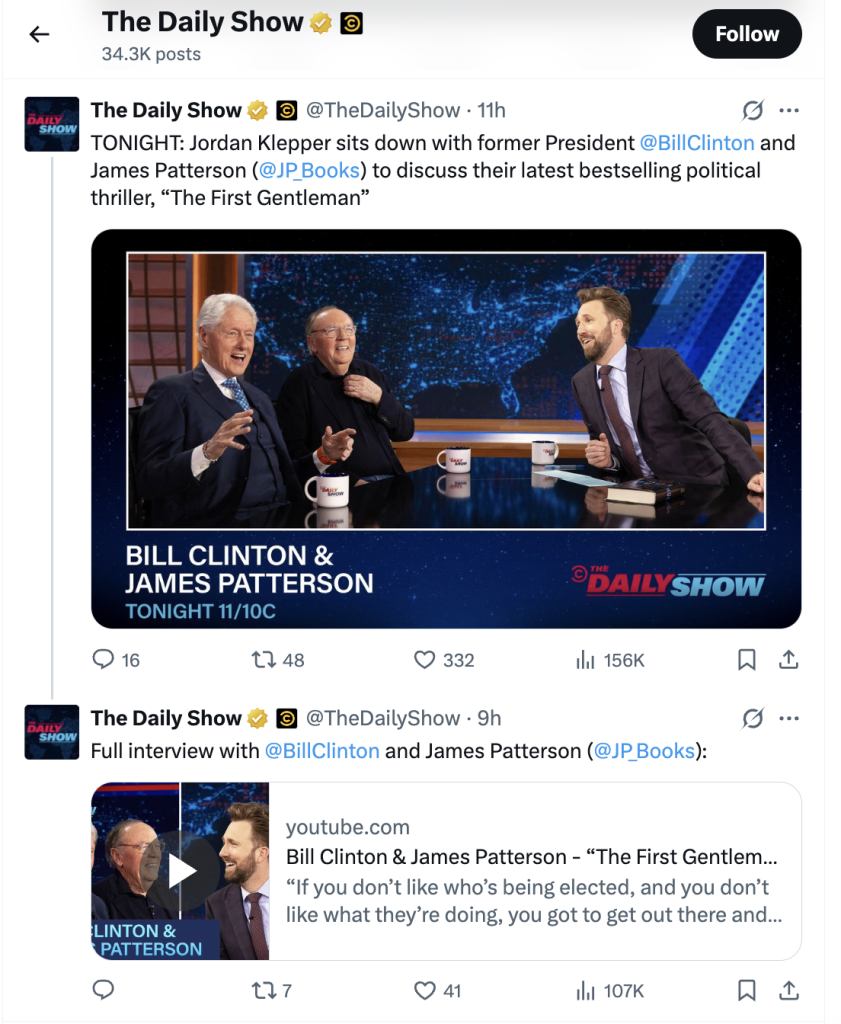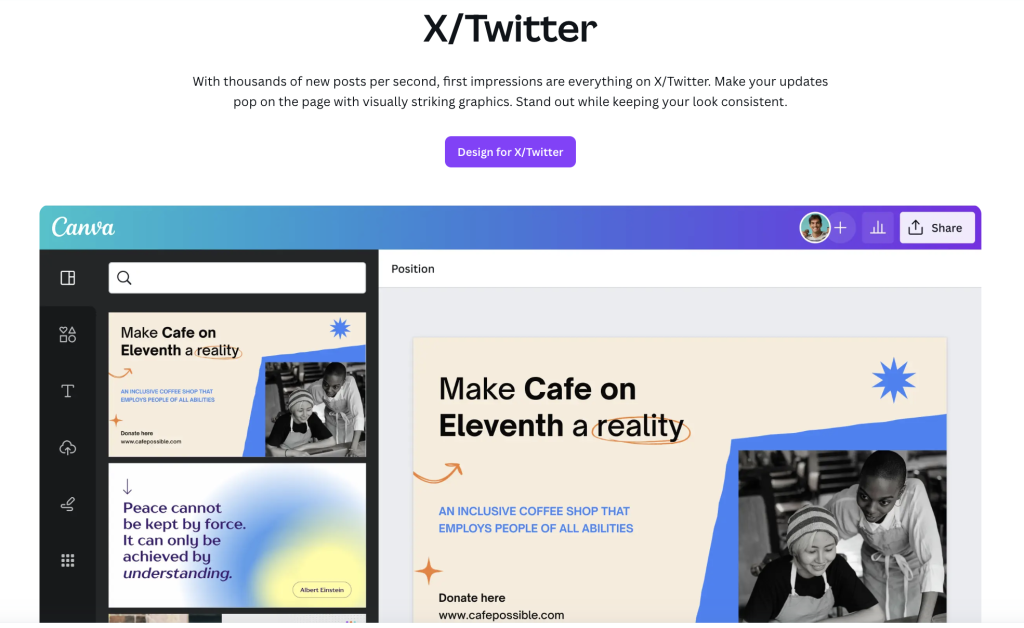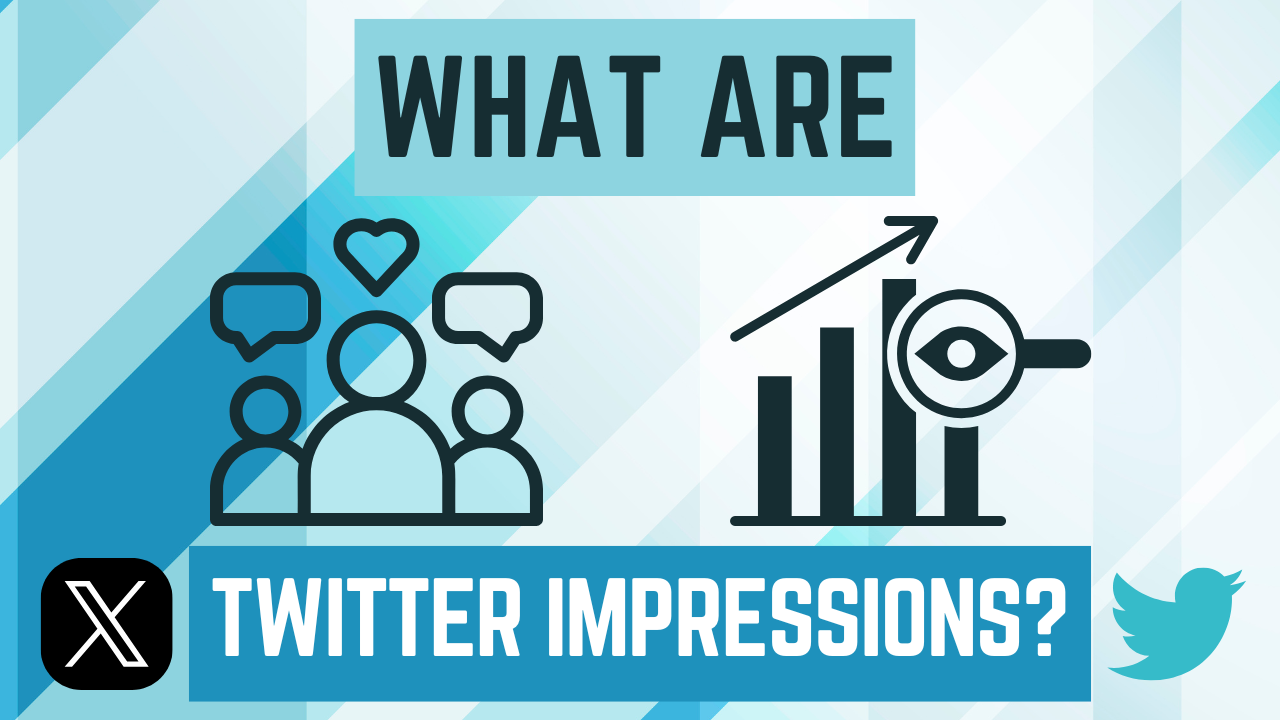If you’re trying to grow your brand or business on Twitter (now officially called X), understanding your analytics is essential.
That means you’ve probably asked yourself, what are Twitter impressions? Do they actually matter for my content?
Impressions are one of the key signals Twitter uses to measure visibility. They tell you how many times your tweets have been shown on someone’s timeline, in search, or on a user’s profile.
But impressions don’t just show exposure: they give you insight into your content’s performance, your reach, and even how well your audience is responding.
In this guide, we’ll break down exactly what impressions are, how they compare to reach, how they connect to engagement, and most importantly how to increase them so you can get more Twitter followers.
Key Takeaways:
- Twitter impressions measure how often your tweet is displayed—not how many people saw it.
- High impressions with low engagement signal content that may need improvement.
- Boost impressions by engaging with others, posting consistently, and improving your media.
Twitter Impressions vs. Reach
While impressions and reach are often used interchangeably, they are actually two distinct metrics:
- Impressions: The total number of times your tweet is displayed. This includes every time it appears in someone’s timeline, search results, or on your profile.
- Reach: The number of unique users who have seen your tweet.
So if one person sees your tweet five times, it counts as five impressions but only one reach.

You can view your Twitter impressions directly from each Tweet; you can also track your analytics more in depth as long as you have X Premium.
Why does this matter? Because more impressions on Twitter give you a sense of how often your content is appearing—whether people are seeing your tweet once or multiple times.
That tells you something about visibility, algorithms, and momentum. Reach tells you how many individuals you’re impacting.
Example: If your tweet has 10,000 impressions and 2,000 reach, it means your content is being viewed more than once per user, which can be a good sign of stickiness or repeated engagement.
How Twitter Impressions & Engagement Rate Interact
Impressions are just one piece of the puzzle. If you want your content to convert, go viral, or drive traffic, you need engagement—clicks, likes, replies, retweets, and quote tweets.
Your engagement rate is calculated like this:
Engagement Rate = (Total Engagements / Total Impressions) x 100
This tells you how compelling your content is. You might get 100,000 impressions, but if you only get 50 clicks, your engagement rate is very low.
Here’s where things get interesting:
- A high impression + low engagement rate might mean your tweet is boring or irrelevant.
- A low impression + high engagement rate can indicate your audience is highly interested but small—you may need to focus on distribution.
Pro Tip: Boosting impressions without also improving engagement can hurt your overall brand perception. It’s not just about being seen—it’s about being interacted with.
3 Ways to Increase Impressions
Want to get your tweets in front of more eyeballs? You’re not alone—and it matters more than ever.
The Twitter (X) algorithm rewards more views, and impressions are a direct signal that your content is being seen, shared, and circulated across timelines.
The more impressions you get, the more chances you have to grow your audience, increase brand awareness, and drive traffic to your offers or content.
Whether you’re an individual creator or managing a business account, boosting your impressions can spark real momentum.
A tweet seen by 1,000 people has 1,000 chances to earn a like, click, retweet, or even a new follower. But without visibility, even your best ideas can go unnoticed.
These three strategies are proven ways to increase your Twitter impressions, boost discoverability, and get your tweets working harder for your growth. Let’s dive in:
1. Engage with Brands, Influencers & Followers

Twitter is a social platform—meaning conversations matter. The more you actively participate in relevant discussions, the more likely you are to be seen.
- Reply to trending tweets with a thoughtful take or a funny comment. This positions your account in front of a larger, active audience.
- Tag relevant people or brands when appropriate. If they like or retweet your response, your tweet could gain hundreds or thousands of additional impressions instantly.
- Quote tweet instead of just liking. This adds visibility because quote tweets often get higher engagement and are more prominently shown in feeds.
- Jump into Twitter Spaces or post polls related to trending topics, which offer real-time opportunities for visibility.
Example: If you’re in the productivity space, responding to tweets by Notion or Zapier with a tip of your own can pull attention from their audiences and boost your post’s reach.
2. Consistently Post a Variety of Content
Consistency doesn’t mean posting every hour—but it does mean showing up regularly with content that adds value.
- Use a mix of formats: text tweets for thoughts and opinions, threads for deeper dives, images and infographics for visual learning, polls for engagement, and short videos or GIFs for entertainment.
- Test different content types: see what resonates most with your audience. Monitor which formats get the most impressions and double down on what works.
- Post at optimal times: generally weekdays between 9 a.m. and 1 p.m. local time perform best. Use tools like Buffer or TweetDeck to schedule posts if needed.
- Don’t be afraid to recycle high-performing tweets: try it after a few days or weeks. Give great content a second life by rephrasing and reposting it.

Example: If your quote tweet about AI tools did well on Monday morning, post a new tip in the same format the following week. Patterns help grow recognition and predictability with your audience.
3. Improve Your Media
Tweets with media get far more impressions, especially when they’re eye-catching and relevant.
- Use high-resolution images and avoid blurry screenshots. Aesthetic matters more than most people think.
- Create branded visuals in Canva or similar tools that match your brand colors and fonts. People begin to associate your content with a visual identity.
- Turn your data into graphs or infographics. Even simple stats or comparisons look more impressive when visualized.
- Make use of GIFs, short animations, or 15-second videos. These add motion and are more likely to catch attention while users scroll.
Example: A creator sharing marketing tips could tweet: “Here are 3 underrated growth hacks” and attach a carousel-style image with each tip visualized.
These kinds of posts often get shared widely and saved.

Frequently Asked Questions
Understanding impressions is one thing, but many Twitter users still have questions about how they actually work in practice.
This section clears up the confusion with quick, clear answers to the most common questions creators and businesses ask about Twitter impressions, views, and what counts as good performance.
What counts as a Twitter impression?
A Twitter impression is counted every time your tweet is shown on someone’s screen. This includes appearances in:
- Timelines (followers and retweets)
- Twitter search results
- Someone’s profile view
- Embedded tweets on websites
Refreshing a feed or seeing a tweet again can count as another impression.
What is the difference between views and impressions on Twitter?
- Views usually refers to video views, meaning someone watched at least 2 seconds of a video.
- Impressions are about how many times the tweet was seen, not whether the video was played or the tweet was engaged with.
So a tweet with a video could have 10,000 impressions but only 1,500 video views.
How much is 1000 impressions worth on Twitter?
From a monetization perspective, 1,000 impressions—sometimes called a CPM (cost per thousand)—can be worth anywhere from $0.50 to $5, depending on audience quality, niche, and campaign goals.
If you’re selling ad space or doing sponsored tweets, this metric helps estimate potential revenue.
For organic growth, 1,000 impressions is a good benchmark but only valuable if paired with strong engagement.
What is a good impression on Twitter?
This depends on your account size and goals:
- New accounts: 500–1,000 impressions per tweet can be solid.
- Growing creators: 2,000–10,000 is a good range.
- Established brands or influencers: 20,000+ impressions may be your target.
Ultimately, a “good” impression is one that drives results: whether that’s link clicks, replies, or new followers.
In Conclusion: What are Twitter Impressions
Twitter impressions are more than just a vanity metric—they’re a powerful way to track visibility and understand how far your tweets are spreading.
Whether you’re trying to build a personal brand or grow your business, impressions show whether your content strategy is actually putting you in front of the right audience.
But impressions aren’t everything.
You need engagement to turn that visibility into results. Focus on creating valuable, visual, and varied content. Show up consistently. Interact with others.
That’s how you get impressions that matter, and ultimately grow your presence on Twitter/X.


